As winter loosens its grip and makes way for the renewal of life, a resilient and charming flower emerges to announce the arrival of spring—the Coltsfoot (Tussilago farfara). With its vibrant yellow blossoms and unique growth pattern, this early bloomer has captured the admiration of botany enthusiasts and herbalists throughout the ages. Join us as we delve into the captivating world of the Coltsfoot flower, exploring its appearance, growth habits, and historical significance.

Appearance and Habitat
The Coltsfoot flower, a member of the Asteraceae family, showcases a distinctive appearance that sets it apart from other springtime blooms. It features bright yellow, daisy-like flowers with a multitude of tiny ray florets radiating from a central disk. The flower petals are delicate, and the contrast between the yellow blooms and the grayish-green, scaly stem creates a striking visual appeal.
Native to Europe and Asia, Coltsfoot can be found growing in a variety of habitats, including open meadows, roadsides, and disturbed areas with well-drained soil. This resilient plant often thrives in areas with poor soil conditions and disturbed environments.
Growth Habits and Life Cycle
What makes the Coltsfoot flower truly unique is its growth pattern. Unlike most flowers, the plant produces its blooms before its leaves, which is a fascinating adaptation. In early spring, the flower emerges on a leafless stem, often appearing in clusters. Shortly after the blooms have faded, the plant’s large, rounded leaves emerge, resembling the shape of a colt’s foot—hence the flower’s name.
The leaves of Coltsfoot are distinctively scalloped and hairy, adding to the plant’s overall charm. As summer progresses, the plant goes dormant, with its leaves withering away, leaving behind the underground rhizomes for energy storage and future growth.
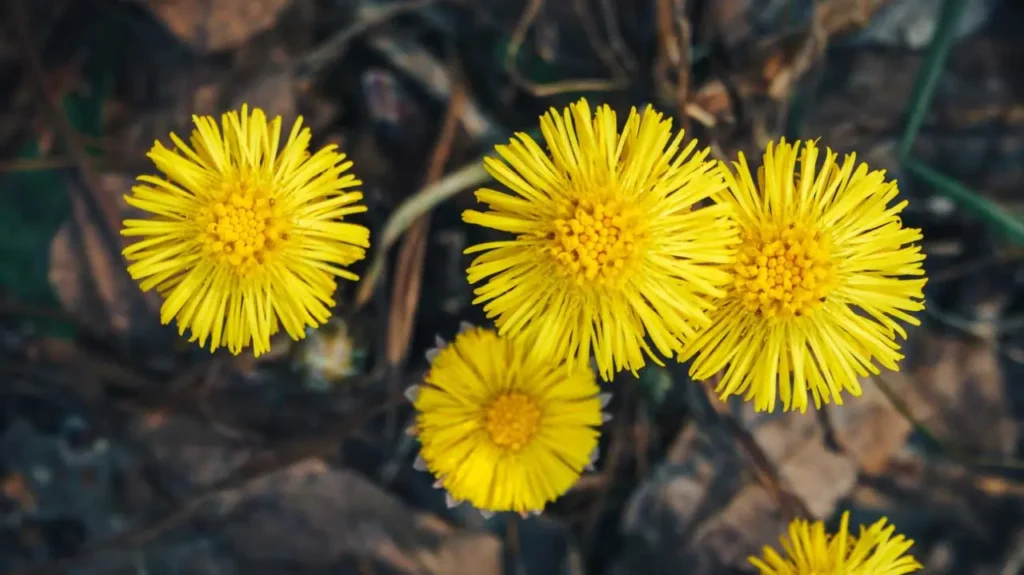
Historical Significance and Medicinal Uses
Coltsfoot has a rich historical and medicinal legacy. Since ancient times, it has been valued for its various therapeutic properties. The plant’s dried flowers and leaves were used in traditional herbal medicine to alleviate respiratory ailments such as coughs, asthma, and bronchitis. The expectorant qualities of Coltsfoot were believed to help soothe irritated lungs and promote easier breathing. It was commonly consumed as a tea or syrup to address these respiratory conditions.
However, it’s important to note that the use of Coltsfoot for medicinal purposes should be approached with caution. Certain compounds found in the plant, such as alkaloids, may have potential health risks. Consulting with a qualified healthcare professional is advised before using Coltsfoot or any herbal remedy.
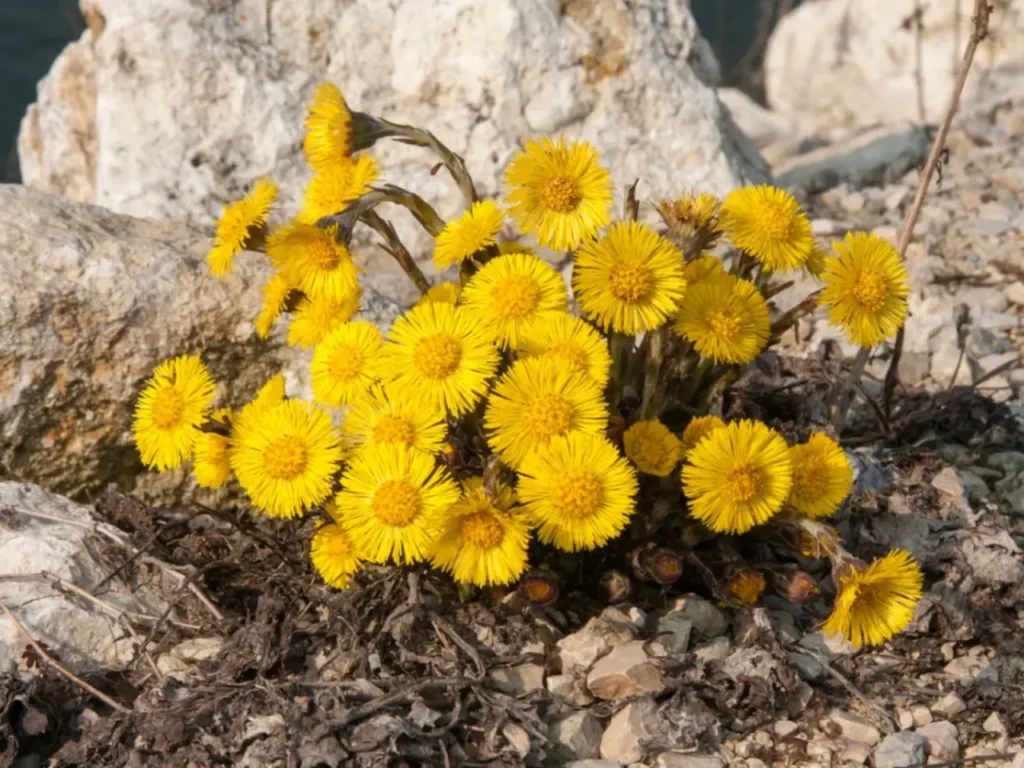
Conservation and Garden Cultivation
While Coltsfoot has been historically cherished for its medicinal properties, it is important to be mindful of its potential invasive nature in certain regions. The plant can spread rapidly, colonizing disturbed areas and potentially outcompeting native vegetation. As such, caution should be exercised when cultivating Coltsfoot in garden settings, and local guidelines should be followed to prevent its unwanted spread.
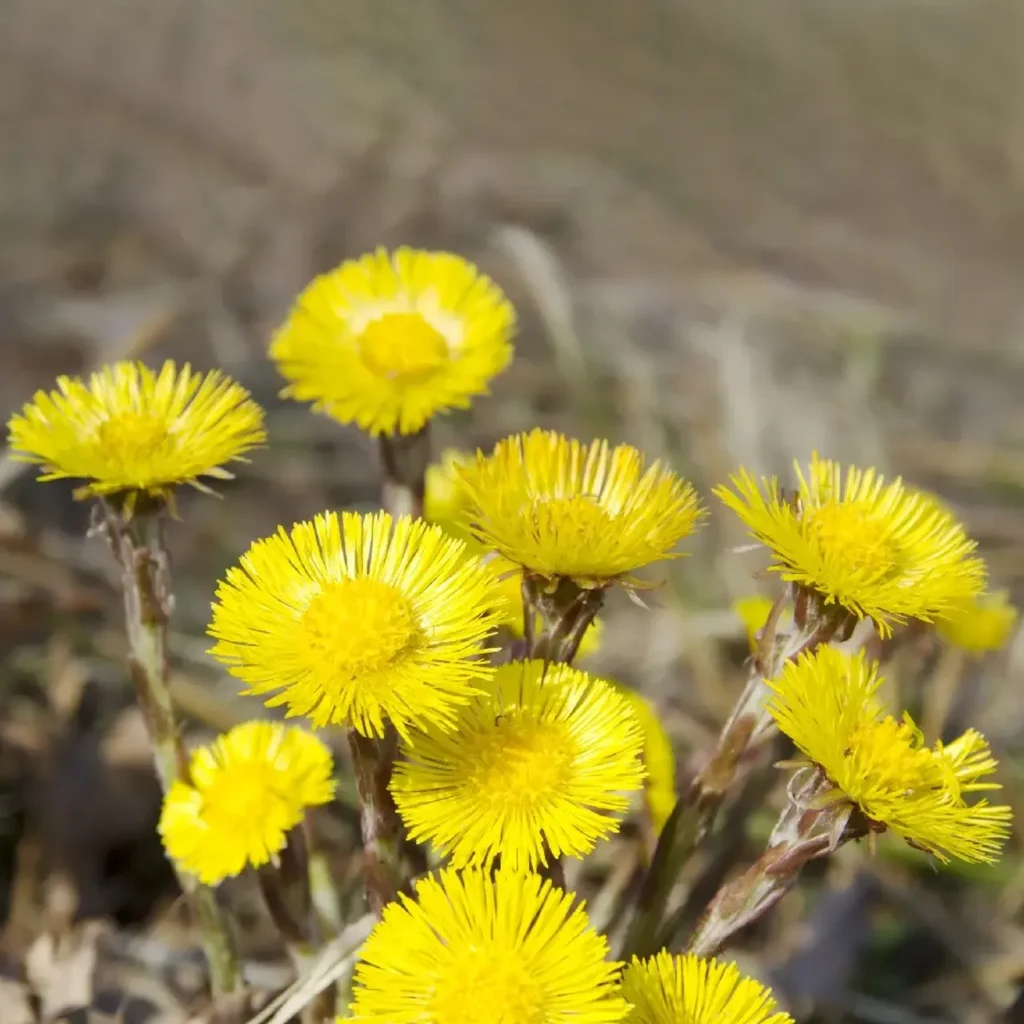
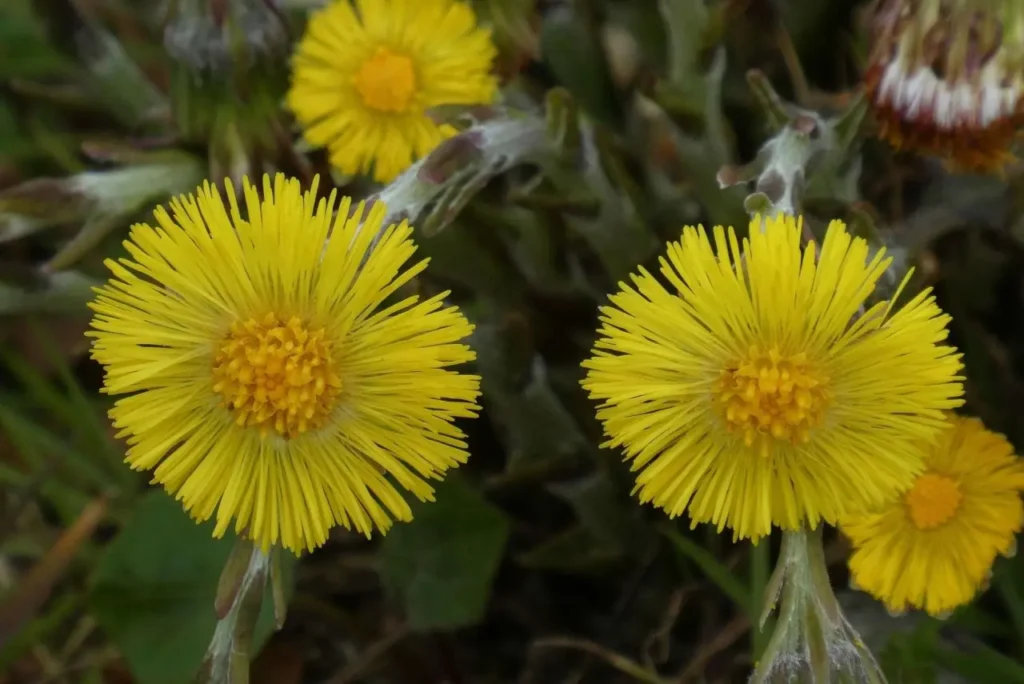
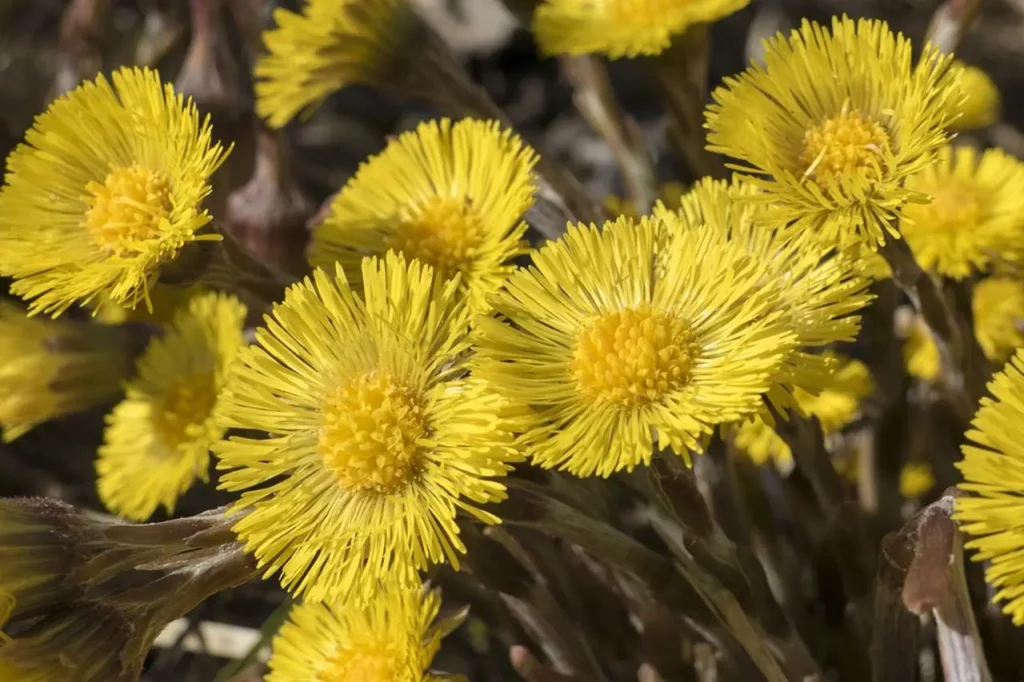
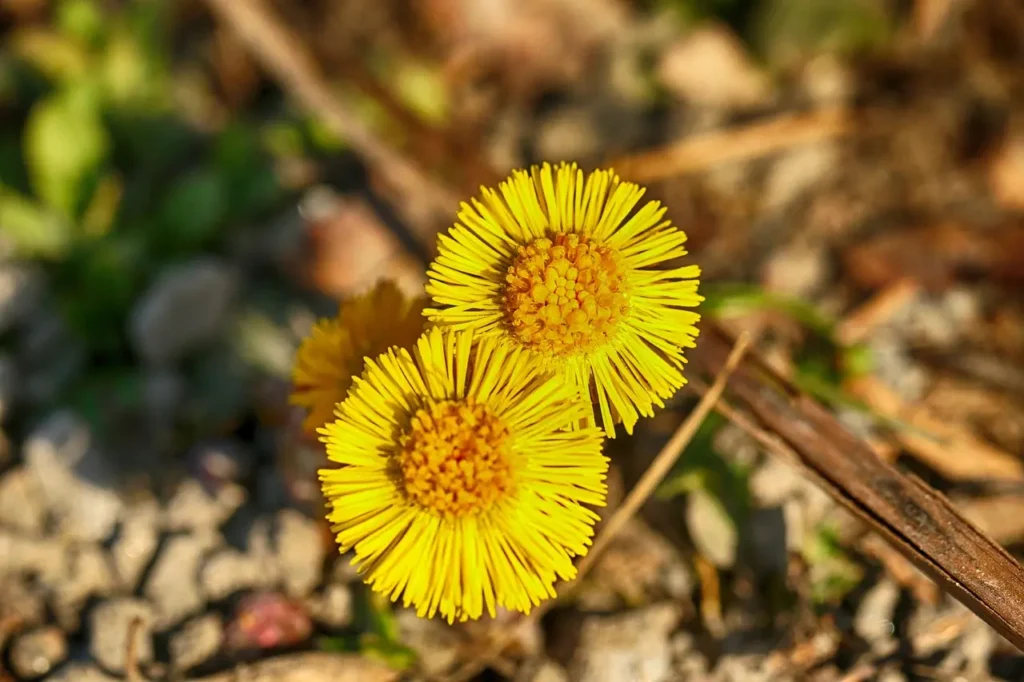
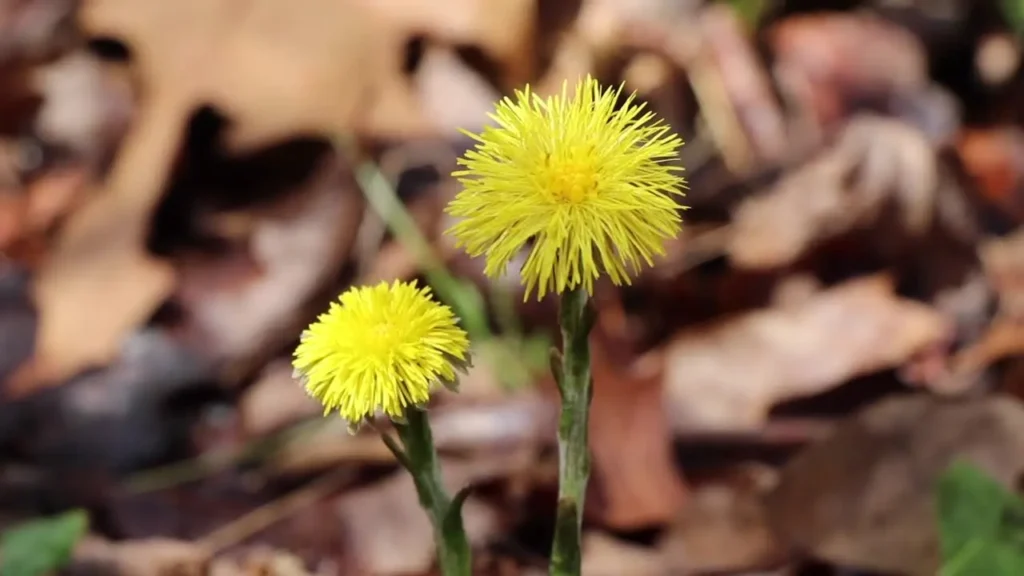
The Coltsfoot flower, with its early bloom and distinctive growth pattern, heralds the arrival of spring and offers a glimpse of nature’s resilience. Its vibrant yellow petals and unique foliage capture our attention and admiration. As we appreciate the delicate beauty of Coltsfoot, let us also honor its historical significance and tread carefully when cultivating or using it for medicinal purposes. May the Coltsfoot flower continue to be a symbol of the season’s renewal and a reminder of nature’s enduring beauty.








